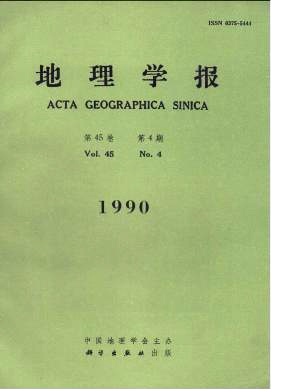Tan Jianan, Li Ribang, Zhu Wenyu
The present paper related first, briefly the historical development of medical geography in China. During the period since 1960's, medical geography has got the greatest development. Es-pecially in the aspects of endemic diseases and cancers, the significant progresses have been made in studing geographical distribution law, geographical epidemic features, ecological charac-teristics, environmental pathogeny, environmental improvement and medical mapping. Based on the development of the discipline at home and abroad this paper briefly related the nature and task of medical geography. As a branch of geography or a marginal discipline, medical geog-raphy deals mainly with the laws of geographical distribution of diseases and health status in population, the occurrence, pathogenicity and endemic of diseases and variance of health status in relation to geographical environment, as well as the geographically rational disposition of health care system. According to the major research fields on medical geography (geography of diseases, geography of health, geography of health care, mapping of medical geography) their main achievements obtained in China have been expounded respectively. In geography of disease, following diseases are involved:1. The diseases related with biological factors in environment, plague, schistosomiasis, bru-cellosis and malaria;2. Those related with chemical factors in environment:(1) Se-abnormality disorders including Keshan disease, Kaschin-beck disease and end-emic selenosis;(2) Iodine abnormality disorders including endemic goitre and endemic cretinism;(3) Fluoride abnormality disorders including dental caries and fluorosis; 3. The mountain sickness related with environmental physical factors; and 4. Those with complicated pathogeniciity, such as cancers and cardiovascular diseases. As regards the health geography, some geographical features of life span, longevity region, st-ature and abnormal hemoglobin in China, are expressed in brief. With regard to snapping of medical geography, the major results obtained were the atlases of cancers, endemic diseases, schistisomiasis and aged population. Finally, this paper looked forward to the future of medic geography.
